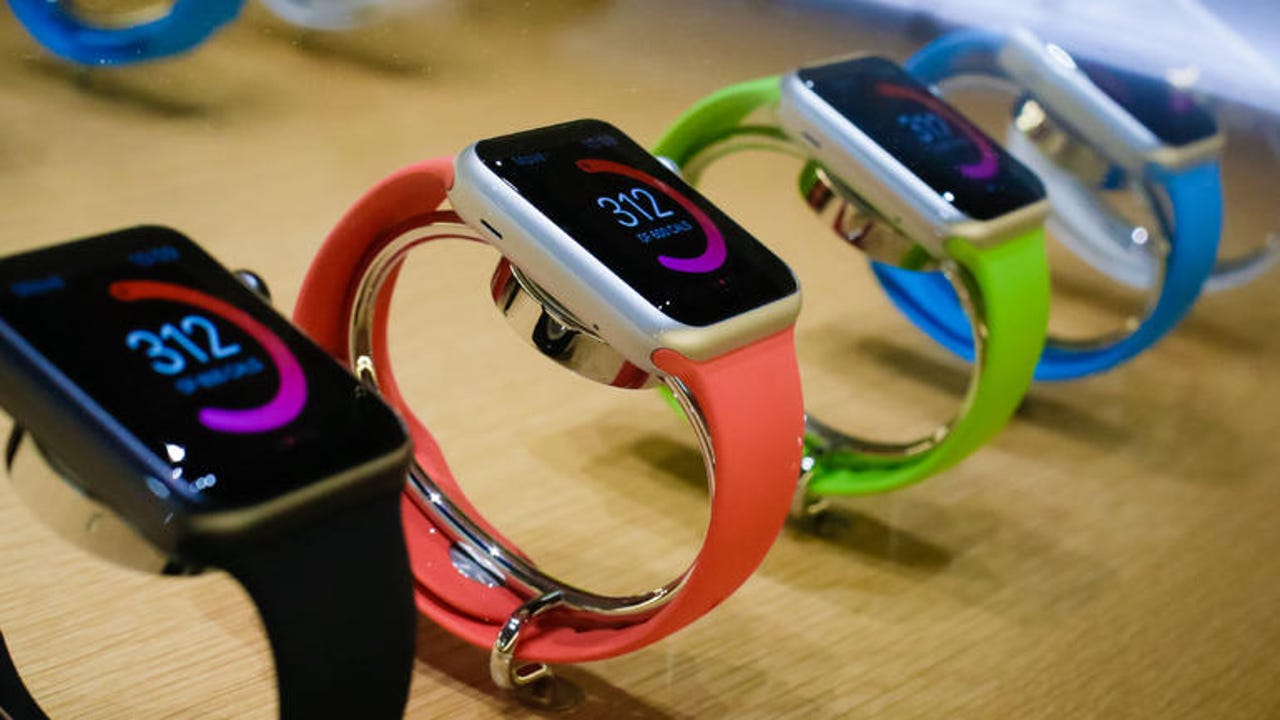Apple Watch 2: How one new feature could help smartwatches step out of the shadow of the smartphone

Will the next version of the Apple Watch be able to make calls?
Are smartwatches about to get a bit more independent of smartphones? Researchers Canalys predict 7.5 million smartwatches with cellular connectivity will ship in 2016, rising to 53.6 million in 2020, driven by a new Apple Watch with built-in connectivity.
Canalys analyst Daniel Matte said he expects the next version of the Apple Watch -- predicted to arrive later this year -- will be able to connect to mobile networks itself.
Google added cellular support to Android Wear in November last year. That could turn out to be a significant move, because most smartwatches are still mainly a second screen for their owner's smartphones, which is where most of the processing power sits.
Most smartwatches still communicate by Bluetooth and wi-fi, which means if the watch is more than a few metres from a smartphone, it won't be able to do much. This limitation means smartwatch fans have to also carry their phone with them, undermining the rationale for owning a smartwatch.
Adding cellular support means that -- as long as both the watch and the smartphone are connected to a mobile network -- the wearable should be able to send and receive messages, track fitness, run apps, and make and receive calls, regardless of the distance between the two devices.
Apple Watch and beyond: The strange history of smartwatches, in pictures
"Cellular calling would only be one feature, though the general improvement to device independence from the smart phone is significant and something that consumers have wanted," Matte told ZDNet.
"Rather than any one new feature being a killer app, a broad variety of improvements will help to sell future smartwatches," he added.
Samsung and LG have been "very aggressive" in bringing new cellular technologies to market, with smart watches such as the Gear S2 classic 3G/4G and the Watch Urbane 2nd Edition LTE, and both the Tizen and Android Wear smartwatch platforms already supporting cellular connectivity, the analysts note.
Canalys said these new technologies will have the biggest impact on shipments in 2017. Integration of additional health and fitness sensors, expanded activity tracking, and battery life improvements will further drive smartwatch growth over the next few years.
"Though hardware and software constraints have limited growth until now, the app ecosystems around watchOS and Android Wear will accelerate over the medium term," it said.
It's still early days for smartwatches, which have as of yet failed to make a jump to the mainstream. According to IDC, around 110 million wearable devices will be shipped this year -- from watches to fitness trackers, goggles ,and clothing. Smartwatches are only expected to make up around 25 percent of that figure, with Apple outpacing Android.
However, another analyst, Strategy Analytics, has smartwatches grabbing the majority of wearable revenues, as the devices are still a big-ticket item. The cheapest Apple Watch is still $299, but it goes up to $17,000, while fitness bands can be had for much less than $100.
